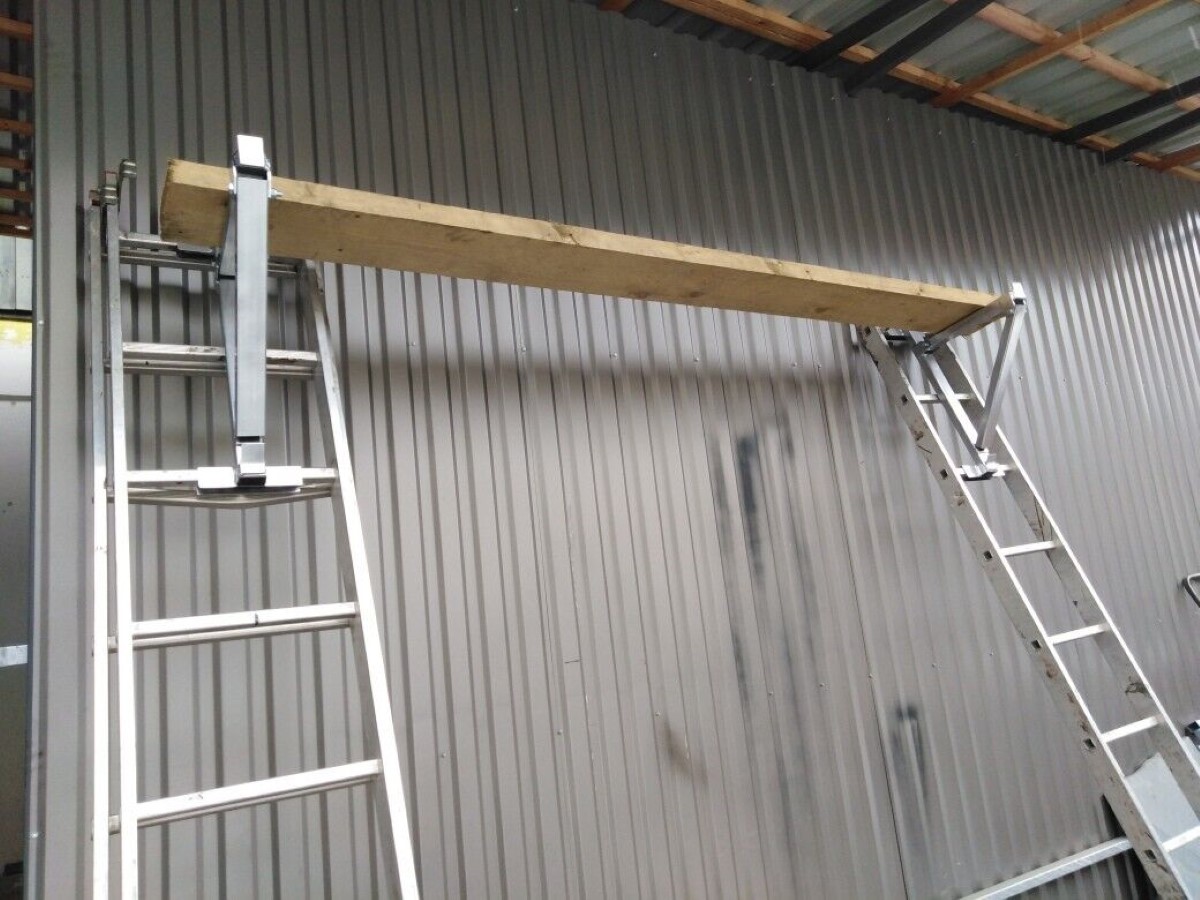

Articles
What Is A Ladder Jack Scaffold
Modified: March 25, 2024
Read informative articles about ladder jack scaffolds and gain a better understanding of this essential construction tool.
(Many of the links in this article redirect to a specific reviewed product. Your purchase of these products through affiliate links helps to generate commission for Storables.com, at no extra cost. Learn more)
Introduction
A ladder jack scaffold is a versatile and commonly used scaffolding system that provides a safe and stable elevated platform for various construction and maintenance tasks. It consists of specific components that are designed to securely hold ladders and provide a stable work surface, allowing workers to access high areas and perform their tasks efficiently. This type of scaffold is lightweight, portable, and easy to assemble, making it a popular choice in a wide range of industries.
In this article, we will delve into the details of ladder jack scaffolds, exploring their components, safety considerations, installation steps, proper usage guidelines, benefits, and common applications. We will also compare ladder jack scaffolds with other scaffolding systems to highlight their unique advantages and limitations. By the end of this article, you will have a comprehensive understanding of ladder jack scaffolds and their importance in construction and maintenance projects.
Key Takeaways:
- Ladder jack scaffolds offer portability, easy assembly, and versatility, making them a practical choice for accessing elevated areas in construction, maintenance, and various industries. Prioritizing safety and proper usage guidelines is crucial for effective and safe utilization.
- When choosing between ladder jack scaffolds and other scaffolding systems, it’s essential to consider project-specific requirements such as height, load capacity, duration, mobility, and safety considerations. Consulting with industry professionals can help determine the most suitable system for a particular project.
Read more: What Is Scaffolding Construction
Definition of Ladder Jack Scaffold
A ladder jack scaffold is a type of temporary elevated platform that is used to provide workers with access to elevated areas, allowing them to perform tasks such as painting, repair work, or construction. The scaffold consists of ladder jack assemblies, brackets, and wooden planks or platforms that create a stable working surface. It is typically used in situations where a fixed or permanent scaffolding system is not practical or necessary.
The main component of a ladder jack scaffold is the ladder jack assembly. These are metal brackets that are attached to a pair of ladders, providing the support for the wooden planks or platforms. The ladder jack assembly has hooks or brackets that securely attach to the ladder rungs, ensuring a stable connection between the ladder and the scaffold.
The wooden planks or platforms are placed on top of the ladder jack assemblies, creating a level work surface. These planks are usually made of sturdy, non-slip material and are secured to the ladder jack assemblies to prevent them from shifting or moving during use. The length of the planks can be adjusted to accommodate different workspace requirements.
Ladder jack scaffolds are designed to be lightweight and portable, making them easy to transport and set up. They are typically used for tasks that require access to elevated areas for a short duration of time. These scaffolds are not intended for heavy loads or prolonged use, as they do not provide the same level of stability and safety as more permanent scaffolding systems.
It is important to note that ladder jack scaffolds should only be used by trained and competent workers who are familiar with the proper assembly, usage, and safety guidelines. Adhering to the manufacturer’s instructions and government regulations is essential for ensuring the safety of workers and preventing accidents or injuries on the job site.
Components of a Ladder Jack Scaffold
A ladder jack scaffold consists of several key components that work together to create a safe and sturdy elevated platform. Understanding these components is crucial for proper assembly and usage of the scaffold. Let’s take a closer look at each component:
- Ladder Jack Assemblies: These are metal brackets that attach to a pair of ladders and provide the support for the scaffold. The ladder jack assemblies have hooks or brackets that securely hook onto the ladder rungs, ensuring a stable connection.
- Brackets: Brackets are metal or plastic supports that are used to hold the wooden planks or platforms in place. They are often adjustable to accommodate different widths of planks, ensuring a snug fit and preventing the planks from shifting during use.
- Wooden Planks or Platforms: These are sturdy, non-slip boards that create the work surface of the scaffold. The planks are placed on top of the ladder jack assemblies and secured with brackets. They come in various lengths, allowing for customization to suit different workspace requirements.
- Ladders: Ladders are an integral part of the ladder jack scaffold system as they provide the vertical support. It is essential to use stable and properly maintained ladders that are suitable for the intended height and weight capacity of the scaffold.
- Safety Rails and Toe Boards: Adding safety rails and toe boards to the scaffold helps prevent falls and provide a barrier around the working platform. These components are essential for compliance with safety regulations and ensuring the well-being of workers.
- Stabilizers: Stabilizers are optional components that can be added to the scaffold to increase stability. These additional supports improve the balance of the scaffold and minimize the risk of tipping or wobbling.
- Safety Equipment: In addition to the scaffold components, the use of proper safety equipment is vital. This includes personal protective equipment (PPE) such as hard hats, safety harnesses, and non-slip footwear to minimize the risk of accidents and protect workers from potential hazards.
It is important to ensure that all components used in the ladder jack scaffold system are in good condition, properly maintained, and compatible with each other to ensure a safe working environment. Regular inspections and compliances with manufacturer’s guidelines are essential for the integrity and longevity of the scaffold.
Safety Considerations
When working with a ladder jack scaffold, it is crucial to prioritize safety to prevent accidents and injuries. Here are some key safety considerations to keep in mind:
- Training: Ensure that all individuals who will be using or working around the ladder jack scaffold are properly trained and competent in scaffold assembly, usage, and safety protocols. Training should cover topics such as ladder safety, fall protection, and proper use of personal protective equipment.
- Inspection: Before each use, thoroughly inspect all components of the scaffold, including the ladder, ladder jack assemblies, brackets, planks, and safety rails. Look for signs of damage, wear, or corrosion that could compromise the structural integrity of the scaffold. Do not use any damaged or faulty components.
- Weight Capacity: Be aware of the weight capacity of the ladder jack scaffold and ensure that it is not exceeded. Excessive weight can cause the scaffold to become unstable and increase the risk of collapse. Consider the weight of workers, tools, and materials when determining the load limit.
- Stability: Ensure that the scaffold is set up on a level and stable surface. If necessary, use stabilizers or base plates to provide additional stability. Avoid placing the scaffold on uneven or sloped terrain, as this can lead to instability and potential accidents.
- Proper Assembly: Follow the manufacturer’s instructions and guidelines for the correct assembly of the ladder jack scaffold. Make sure that all components are securely connected and that the brackets, planks, and ladder jack assemblies are properly positioned to prevent movement or separation during use.
- Fall Protection: Depending on the height of the scaffold and the job requirements, consider implementing fall protection measures such as guardrails, safety harnesses, and toe boards. These measures help prevent falls from the scaffold and protect workers from injury.
- Weather Conditions: Be mindful of weather conditions that can affect the stability and safety of the scaffold. Heavy wind, rain, or snow can make the scaffold more susceptible to tipping or slipping. Avoid working on the scaffold during inclement weather conditions.
- Tool and Material Placement: Properly secure tools and materials on the scaffold’s work surface to prevent them from falling and causing injuries. Use tool lanyards or tethering systems to keep tools and equipment within reach but secured to prevent accidents.
By adhering to these safety considerations, you can create a safer working environment when using a ladder jack scaffold. Regularly review and reinforce safety protocols with workers to promote a culture of safety and minimize the risk of accidents or injuries on the job site.
Proper Installation Steps
Proper installation of the ladder jack scaffold is crucial to ensure its stability and safety during use. Follow these steps to correctly install the scaffold:
- Select a Suitable Location: Choose a level, stable surface on which to set up the ladder jack scaffold. Ensure there are no obstacles or hazards that could impede the installation or compromise safety.
- Inspect Components: Thoroughly inspect all components of the scaffold, including the ladders, ladder jack assemblies, brackets, planks, and safety rails. Check for any signs of damage or wear that could affect the integrity of the scaffold. Replace any damaged or faulty components.
- Set up the Ladders: Position two ladders at the desired distance apart, ensuring they are parallel to each other. Make sure the base of each ladder is secure and positioned on a stable surface.
- Attach Ladder Jacks: Connect the ladder jack assemblies to each ladder by hooking them onto the ladder rungs. Ensure that the ladder jacks are securely attached and positioned at the same height on both ladders.
- Secure Brackets: Place the brackets onto the ladder jack assemblies, ensuring they are evenly spaced along the length of the scaffold. Adjust the brackets to accommodate the width of the wooden planks or platforms.
- Install Wooden Planks: Lay the wooden planks or platforms across the brackets, ensuring they are level and secure. Make sure the planks are centered and extend beyond the ladder jack assemblies on both ends for stability. Adjust the length of the planks as needed.
- Add Safety Rails and Toe Boards: Install safety rails and toe boards on the scaffold to provide fall protection. Ensure they are securely attached and provide a barrier around the work surface.
- Stabilize the Scaffold (optional): If desired or required, attach stabilizers to the ladder jack scaffold to enhance stability. These additional supports can help prevent the scaffold from tipping or wobbling, especially when working at greater heights.
- Inspect the Installation: Once the scaffold is fully assembled, conduct a final inspection to ensure that all components are securely connected and positioned correctly. Verify that the scaffold is stable and level before allowing anyone to use it.
It is important to note that the installation steps provided above are general guidelines. Always refer to the manufacturer’s instructions and guidelines specific to your ladder jack scaffold to ensure proper installation and usage. Regularly inspect and maintain the scaffold to keep it in good working condition and ensure the safety of workers.
When using a ladder jack scaffold, always ensure that the ladder is securely attached to the scaffold and that the weight capacity is not exceeded. Regularly inspect the equipment for any signs of wear or damage.
Read more: How To Store Scaffolding
Proper Usage Guidelines
Using a ladder jack scaffold correctly is essential to ensure the safety of workers and prevent accidents or injuries. Follow these guidelines when using a ladder jack scaffold:
- Training: Ensure that individuals who will be using the scaffold have received proper training on its assembly, usage, and safety protocols. This includes understanding how to safely climb and descend ladders, maintaining balance while on the scaffold, and properly securing tools and materials.
- Weight Capacity: Respect the weight capacity of the scaffold and do not exceed it. Consider the combined weight of workers, tools, and materials. Overloading the scaffold can lead to instability and increase the risk of collapse.
- Stability: Before stepping onto the scaffold, ensure that it is stable and securely set up. Check for any signs of movement or instability. If the scaffold is not secure, address the issue before using it.
- Safe Climbing: When climbing up or down the ladder jack scaffold, always face the ladder and maintain a three-point contact (two hands and one foot, or two feet and one hand). Avoid carrying heavy objects while climbing and use a tool belt or other means to transport tools and equipment.
- Level Work Surface: Keep the work surface of the scaffold level and free of clutter. Secure all tools and materials to prevent them from falling. If the work surface becomes slippery, clean it or use non-slip materials to improve traction.
- Fall Protection: Depending on the height and nature of the work being performed, implement appropriate fall protection measures. This may include using guardrails, safety harnesses, or personal fall arrest systems. Ensure these measures are properly installed and worn correctly.
- Regular Inspections: Periodically inspect the scaffold during use to check for any signs of damage or wear. Pay attention to connections, brackets, planks, and safety rails. Report any issues and do not use the scaffold if it is not in proper working condition.
- Adverse Weather Conditions: Avoid using the scaffold in inclement weather conditions such as high winds, heavy rain, or snow. These conditions can compromise the stability of the scaffold and pose significant risks. Only resume work when weather conditions have improved.
- Communication: Maintain clear communication with others working on or around the scaffold. Use hand signals or other means to communicate effectively, especially when visibility or noise levels are a concern.
Following these proper usage guidelines will help ensure the safety and well-being of workers when using a ladder jack scaffold. Always prioritize safety, adhere to manufacturer guidelines, and comply with applicable safety regulations on the job site.
Benefits and Advantages of Ladder Jack Scaffold
Ladder jack scaffolds offer several benefits and advantages that make them a popular choice for construction and maintenance projects. Here are some key benefits of using a ladder jack scaffold:
- Portability: Ladder jack scaffolds are lightweight and portable, making them easy to transport and set up. They can be moved to different locations on the job site as needed, providing flexibility and convenience.
- Easy Assembly: Compared to more complex scaffolding systems, ladder jack scaffolds are relatively easy to assemble. With proper training and knowledge of the components, workers can quickly set up and dismantle the scaffold, saving time and effort.
- Versatility: Ladder jack scaffolds can be used for a variety of tasks, including painting, repair work, maintenance, and light construction. They provide a stable working platform at various heights, allowing workers to access elevated areas with ease.
- Cost-Effective: Ladder jack scaffolds are generally more cost-effective than larger and more permanent scaffolding systems. They offer an affordable solution for projects that require temporary elevated platforms but do not necessitate a full-scale scaffolding setup.
- Maneuverability: Since ladder jack scaffolds utilize ladders as the vertical support, they can be adjusted and repositioned to accommodate different work areas. This allows workers to easily move the scaffold to different locations within the same job site without the need for additional equipment.
- Compact Storage: Ladder jack scaffolds can be disassembled and stored in a compact manner, requiring minimal storage space. This is particularly advantageous for contractors and construction professionals who have limited storage areas.
- Hassle-Free Maintenance: Ladder jack scaffolds typically require less maintenance compared to larger scaffolding systems. With regular inspections and routine maintenance, such as cleaning and lubricating the ladder jack assemblies, the scaffold can provide reliable performance over time.
- Improved Efficiency: By providing a stable and secure work surface, ladder jack scaffolds facilitate efficient work execution. Workers can focus on their tasks without worrying about balance or stability, resulting in increased productivity and better quality work.
Overall, ladder jack scaffolds are a practical and versatile solution for accessing elevated areas during construction and maintenance projects. They offer ease of use, cost-effectiveness, portability, and improved efficiency, making them a valuable tool for various industries.
Common Applications
Ladder jack scaffolds find applications in a wide range of industries where workers need to access elevated areas safely and efficiently. Here are some common applications where ladder jack scaffolds are frequently used:
- Painting and Maintenance: Ladder jack scaffolds are commonly employed for painting projects in both residential and commercial settings. They provide a stable platform for painters to reach high walls and ceilings, allowing for precise and thorough painting work. Additionally, ladder jack scaffolds are suitable for various maintenance tasks, such as repairing drywall, installing light fixtures, or accessing HVAC systems.
- Window and Façade Cleaning: Building maintenance teams often use ladder jack scaffolds for window cleaning and façade maintenance. The scaffolds provide a secure platform for workers to access windows, ledges, and other elevated surfaces, ensuring thorough cleaning and proper maintenance of the building’s exterior.
- Electrical and Plumbing Work: Ladder jack scaffolds are useful for electrical and plumbing professionals who need to access ceilings, conduits, or piping systems. The scaffolds provide a stable platform for these professionals to perform installations, repairs, or maintenance, allowing them to work efficiently and safely at various heights.
- Construction and Renovation: Ladder jack scaffolds find widespread use in construction and renovation projects. They are often utilized for tasks such as carpentry, drywall installation, flooring, and tile work. The scaffolds offer a convenient way to access elevated areas and provide a stable work surface for workers to complete their tasks with precision.
- Landscaping and Tree Care: Ladder jack scaffolds are useful in landscaping and tree care applications. They allow arborists and landscapers to access tree canopies, prune branches, or perform maintenance tasks safely. The scaffolds provide a secure and stable platform for these professionals to work at heights without the need for larger, more costly equipment.
- Event Setup and Decoration: Ladder jack scaffolds are also employed in event setups and decoration. They offer a practical solution for hanging banners, installing lighting fixtures, or setting up stage props. The scaffolds allow event organizers to work at elevated heights efficiently, contributing to the smooth execution of various event-related tasks.
- Home Improvement Projects: For DIY enthusiasts or homeowners undertaking home improvement projects, ladder jack scaffolds provide a safe way to access high areas. Whether it’s painting a room, replacing light fixtures, or conducting small repairs, ladder jack scaffolds offer a stable platform that ensures both safety and efficiency.
These are just a few examples of the numerous applications where ladder jack scaffolds are commonly used. Their versatility, ease of use, and portability make them a practical choice for numerous industries and projects that require temporary elevated platforms.
Comparison with Other Scaffolding Systems
While ladder jack scaffolds have their advantages, it is essential to compare them with other scaffolding systems to understand their unique characteristics and limitations. Here’s a comparison between ladder jack scaffolds and other common scaffolding systems:
- Supported Scaffolding: Supported scaffolding, also known as frame scaffolding, consists of frames, cross braces, and platforms. It provides a larger work surface and higher weight capacity compared to ladder jack scaffolds. Supported scaffolding is more suitable for long-term or larger-scale projects that require extensive access and heavier loads.
- Ringlock Scaffolding: Ringlock scaffolding is a modular system that utilizes horizontal and vertical components, as well as diagonal braces and rosettes for secure connections. It offers greater flexibility in terms of height, load capacity, and configuration options. Ringlock scaffolding is often preferred for complex projects that require adjustments and adaptability.
- Suspended Scaffolding: Suspended scaffolding, also known as swing stage scaffolding, is suspended from the top of a building or structure. It allows for vertical movement, making it suitable for vertical façade work, painting, or window cleaning. Suspended scaffolding provides a larger work area and can accommodate multiple workers, but it requires specialized equipment for setup and maintenance.
- Mobility: Ladder jack scaffolds are highly portable and easy to move from one location to another. They are suitable for projects that require frequent repositioning or access to different areas within a job site. In comparison, supported scaffolding and ringlock scaffolding may require more disassembly and reassembly and are typically less mobile.
- Height and Reach: Supported scaffolding, ringlock scaffolding, and suspended scaffolding are better suited for working at greater heights. These systems provide more flexibility in terms of adjustable height and reach, making them suitable for tall buildings or structures. Ladder jack scaffolds are typically used for working at lower heights, such as interior spaces or shorter structures.
- Cost: Ladder jack scaffolds are generally more cost-effective compared to other scaffolding systems. They have lower upfront costs, require less equipment, and are suitable for smaller-scale or short-term projects. In contrast, supported scaffolding, ringlock scaffolding, and suspended scaffolding may have higher initial costs but offer long-term value for large-scale or extended-duration projects.
- Safety Considerations: All scaffolding systems, including ladder jack scaffolds, require careful adherence to safety guidelines and regulations. However, due to their smaller size and less complex structure, ladder jack scaffolds may have more limited safety features compared to other systems. It is crucial to assess the specific safety requirements of each project and choose the appropriate scaffolding system accordingly.
It is important to carefully evaluate the specific requirements of a project, including height, load capacity, duration, mobility, and safety considerations, when choosing between ladder jack scaffolds and other scaffolding systems. Consulting with industry professionals or scaffolding experts can help in determining the most suitable system for a particular project.
Read more: What Is A Ladder
Conclusion
Ladder jack scaffolds provide a versatile and practical solution for accessing elevated areas in construction, maintenance, and various other industries. They offer several benefits including portability, easy assembly, versatility, cost-effectiveness, maneuverability, compact storage, hassle-free maintenance, and improved efficiency.
Understanding the components, safety considerations, proper installation steps, and usage guidelines is crucial to ensure the safe and effective use of ladder jack scaffolds. Following safety protocols, conducting regular inspections, and providing proper training to workers are essential steps in mitigating the risk of accidents and injuries.
While ladder jack scaffolds have their advantages, it’s important to compare them with other scaffolding systems to determine the most suitable option for a specific project. Supported scaffolding, ringlock scaffolding, and suspended scaffolding may be preferred for more extensive or complex projects that require greater height, load capacity, or adjustability.
In conclusion, ladder jack scaffolds offer a reliable and practical solution for accessing elevated areas safely and efficiently. Whether used for painting, maintenance, electrical work, construction, or various other applications, ladder jack scaffolds provide an accessible and stable platform that enhances productivity and ensures worker safety. By adhering to proper installation, usage, and safety guidelines, ladder jack scaffolds can be a valuable tool in a wide range of projects, contributing to successful and efficient outcomes.
Frequently Asked Questions about What Is A Ladder Jack Scaffold
Was this page helpful?
At Storables.com, we guarantee accurate and reliable information. Our content, validated by Expert Board Contributors, is crafted following stringent Editorial Policies. We're committed to providing you with well-researched, expert-backed insights for all your informational needs.

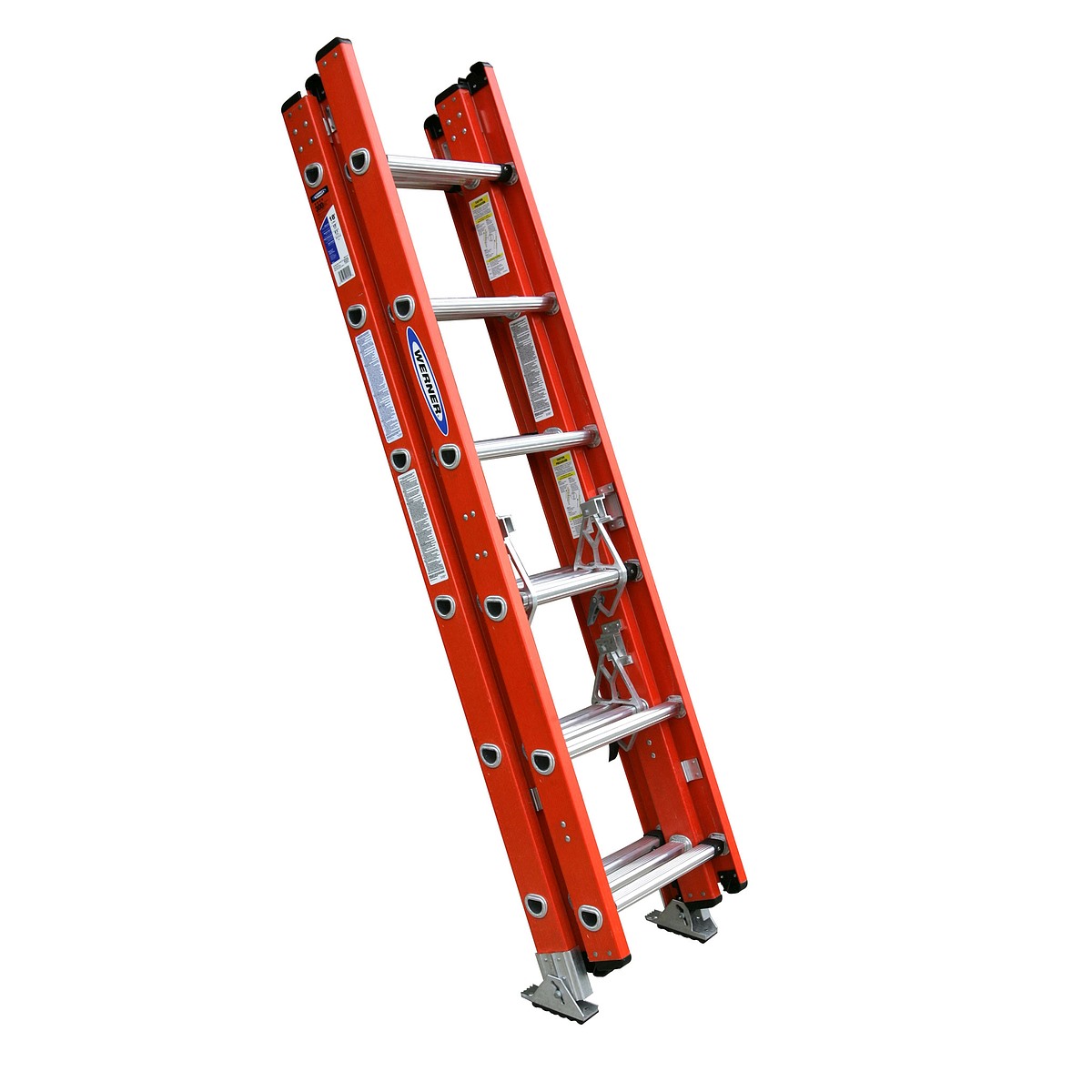
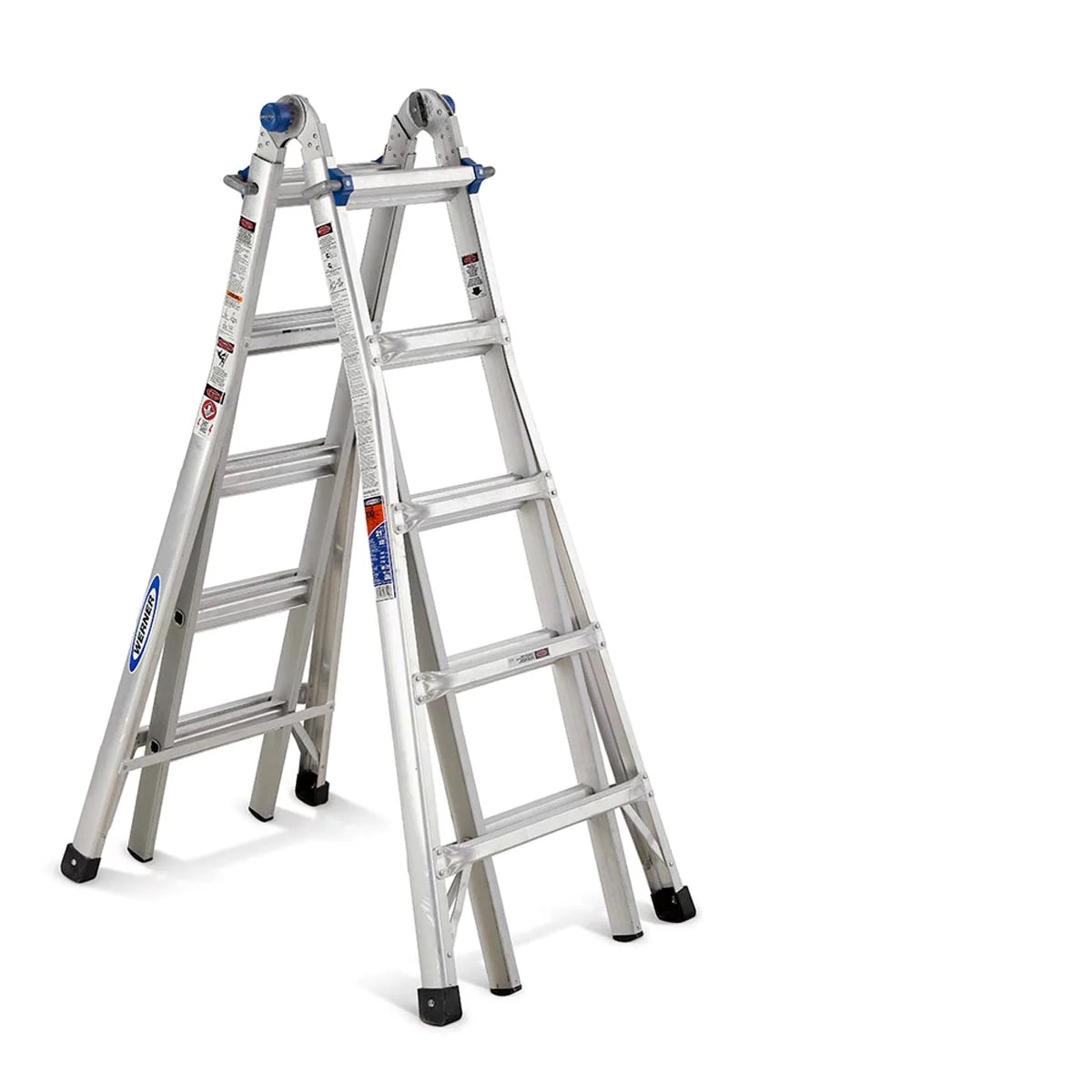
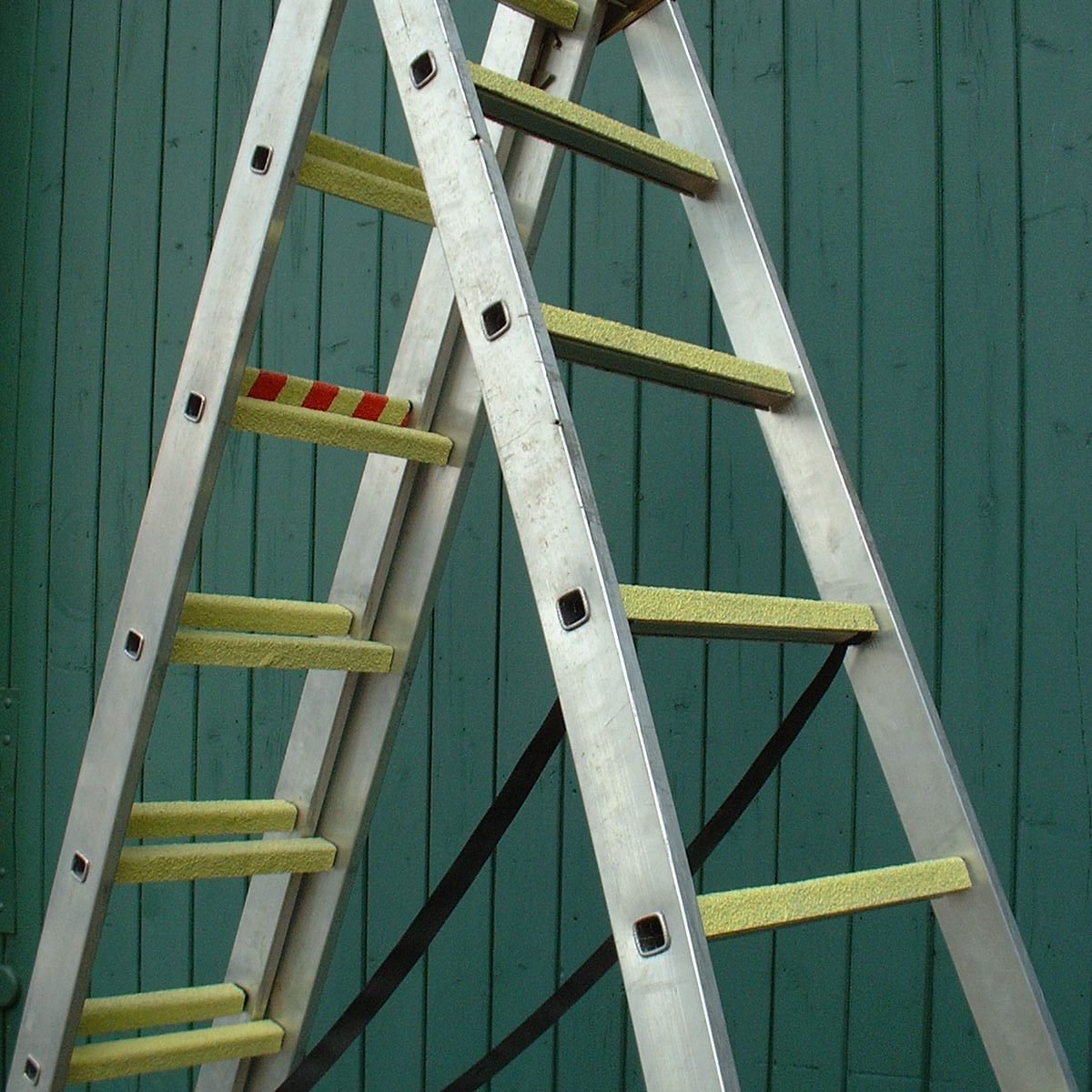
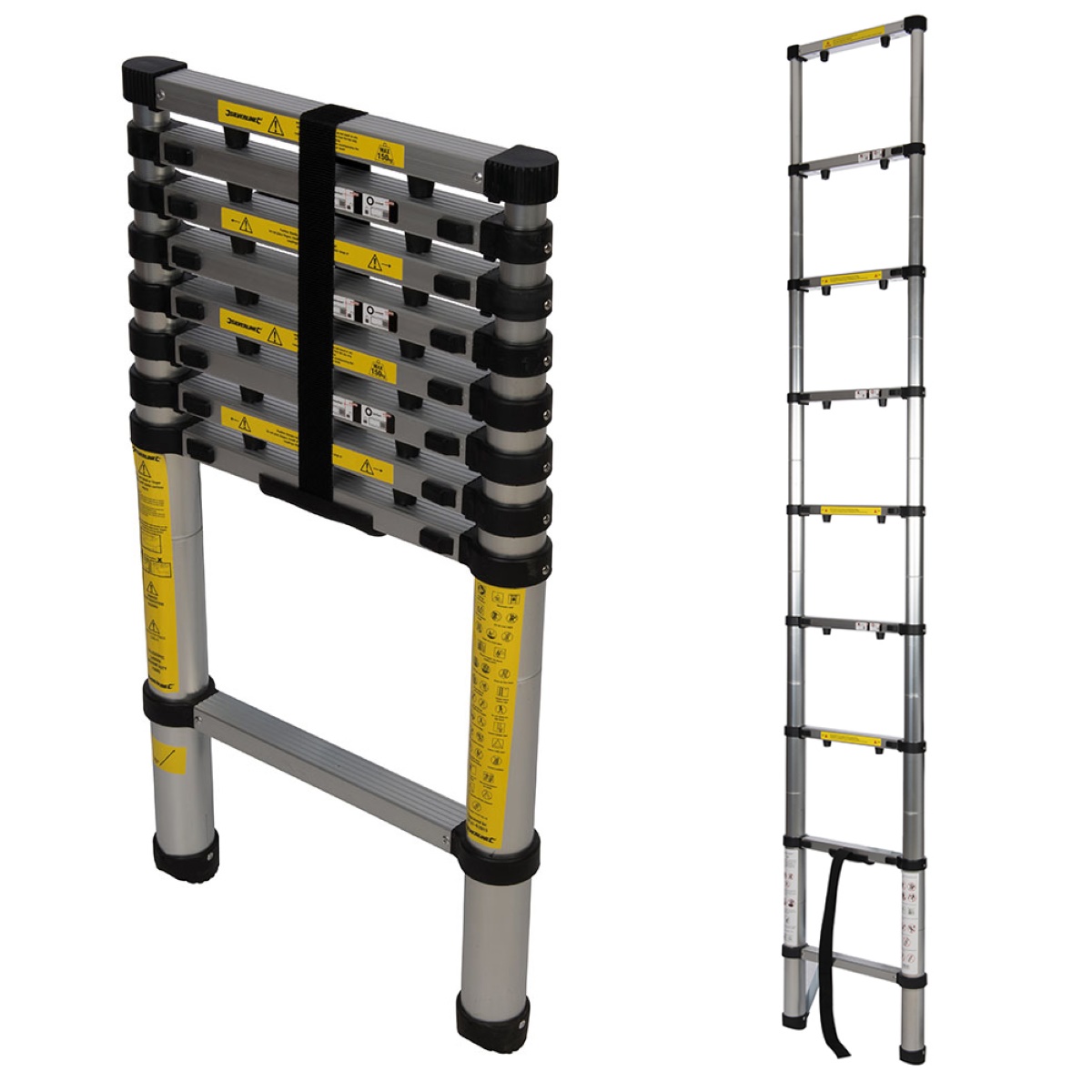
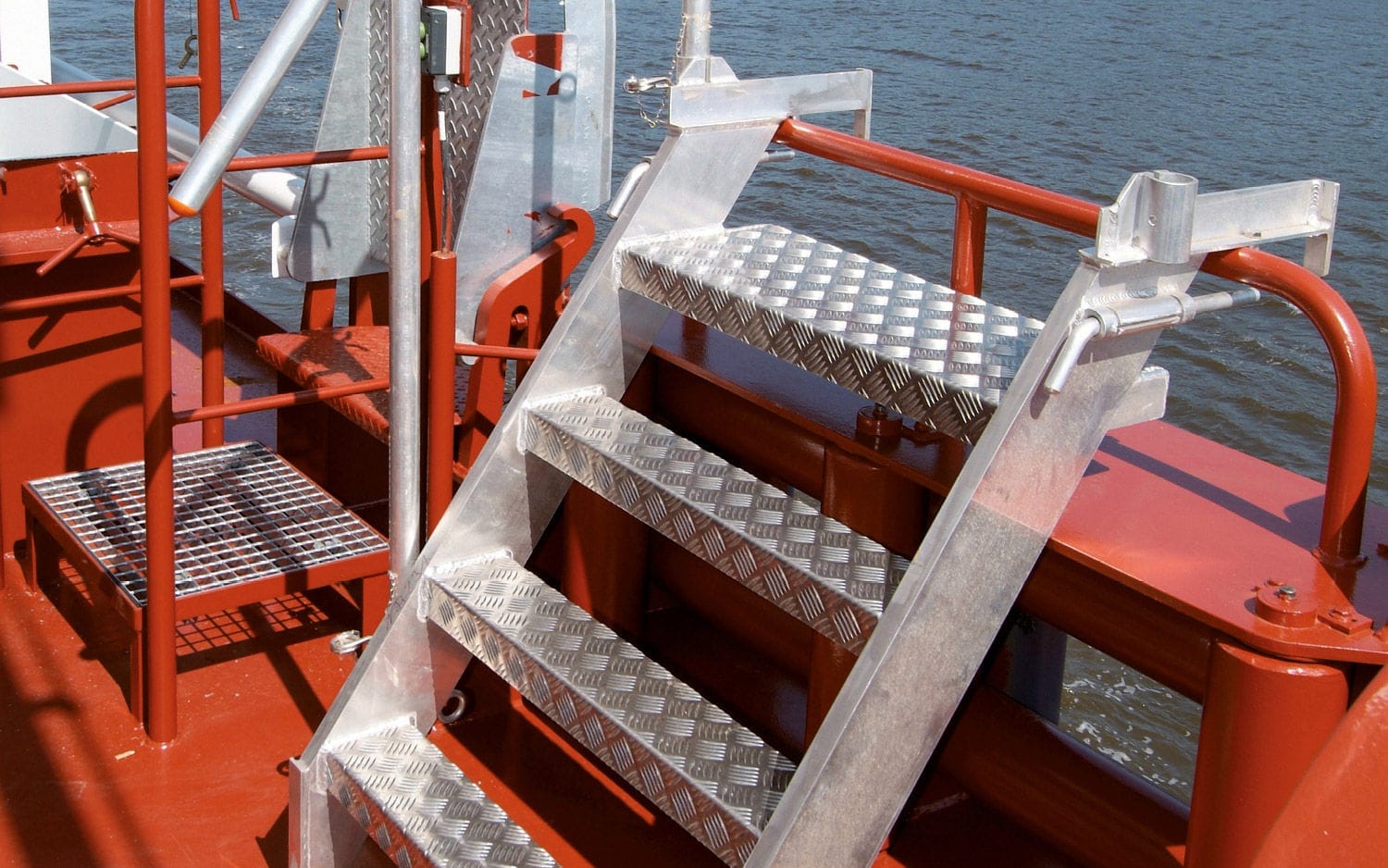
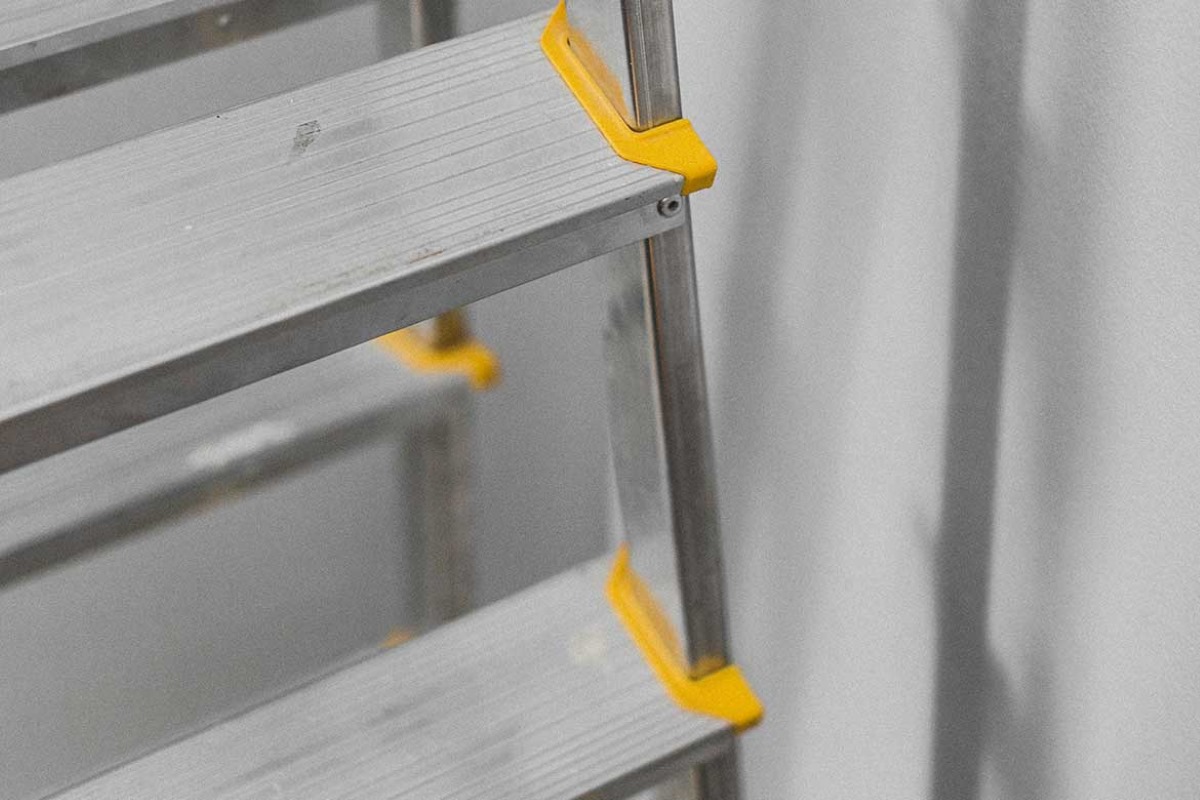
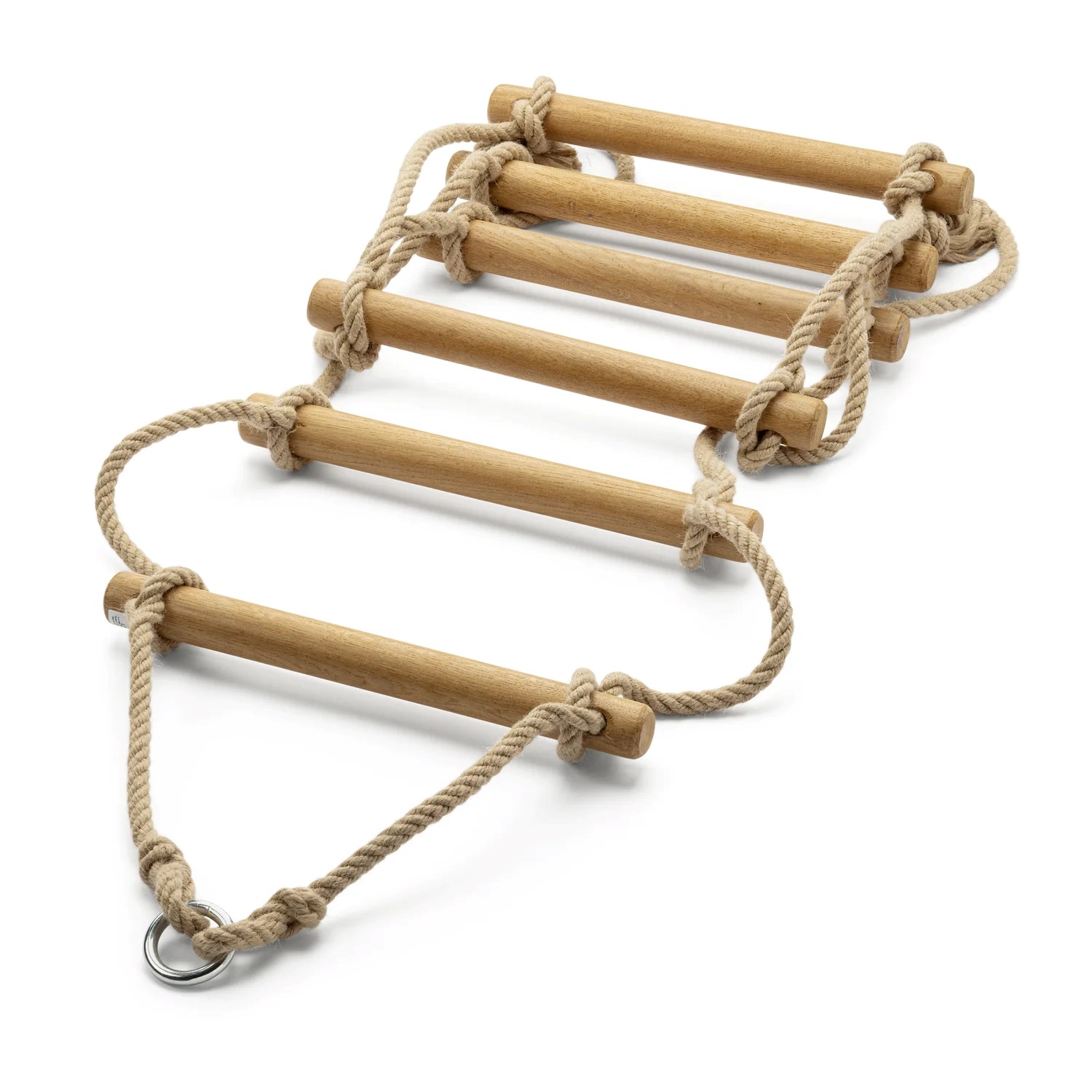
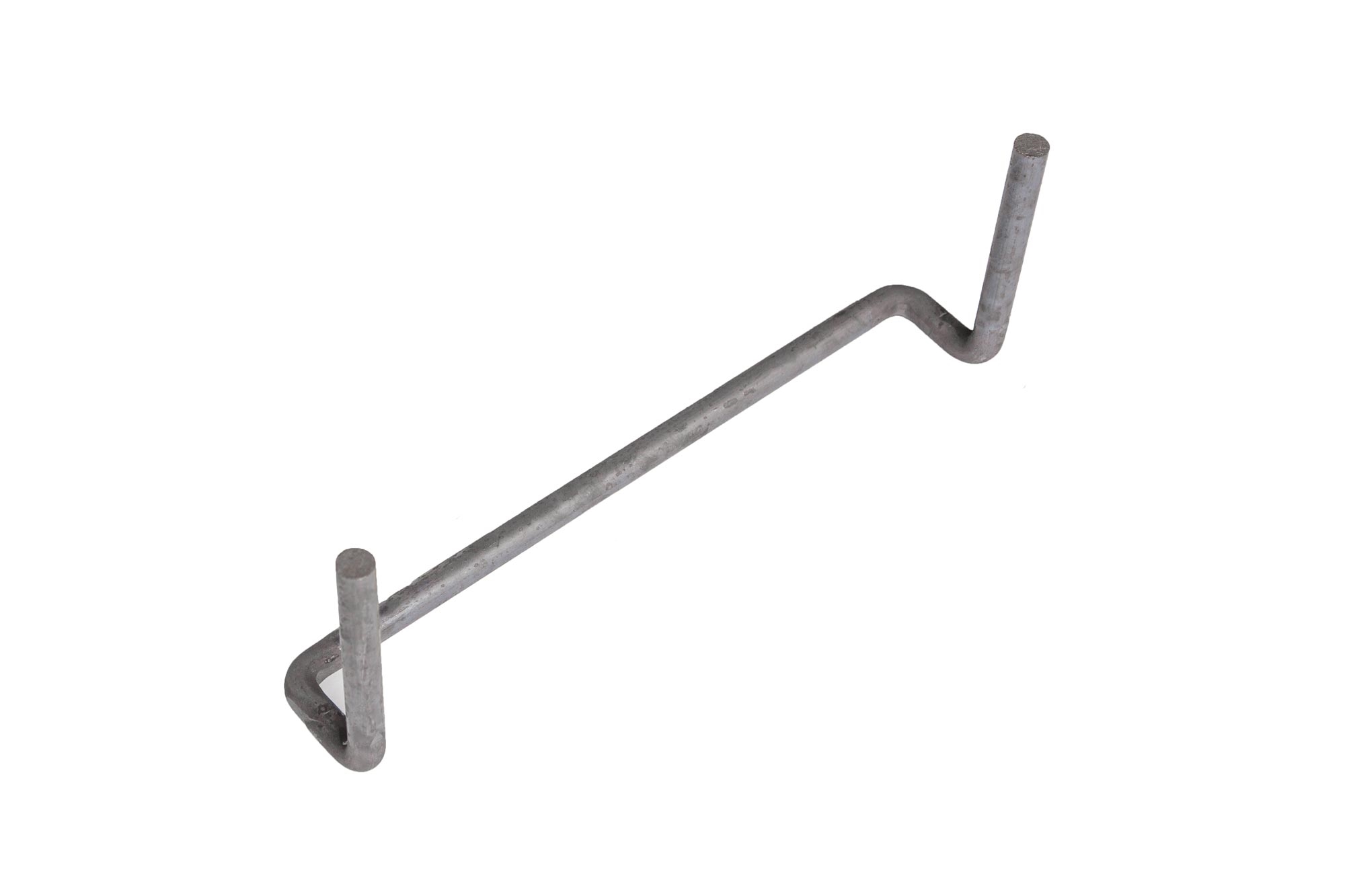
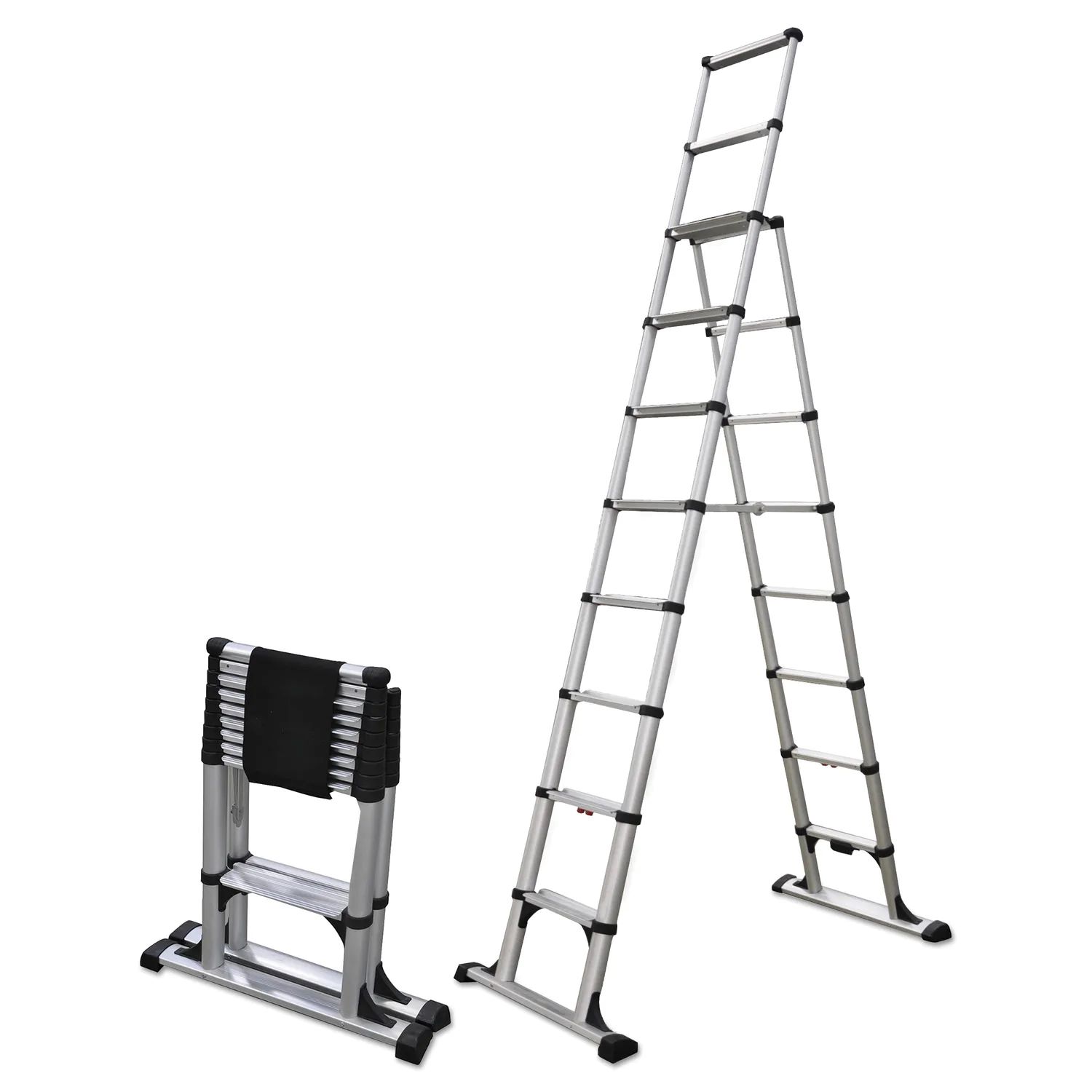
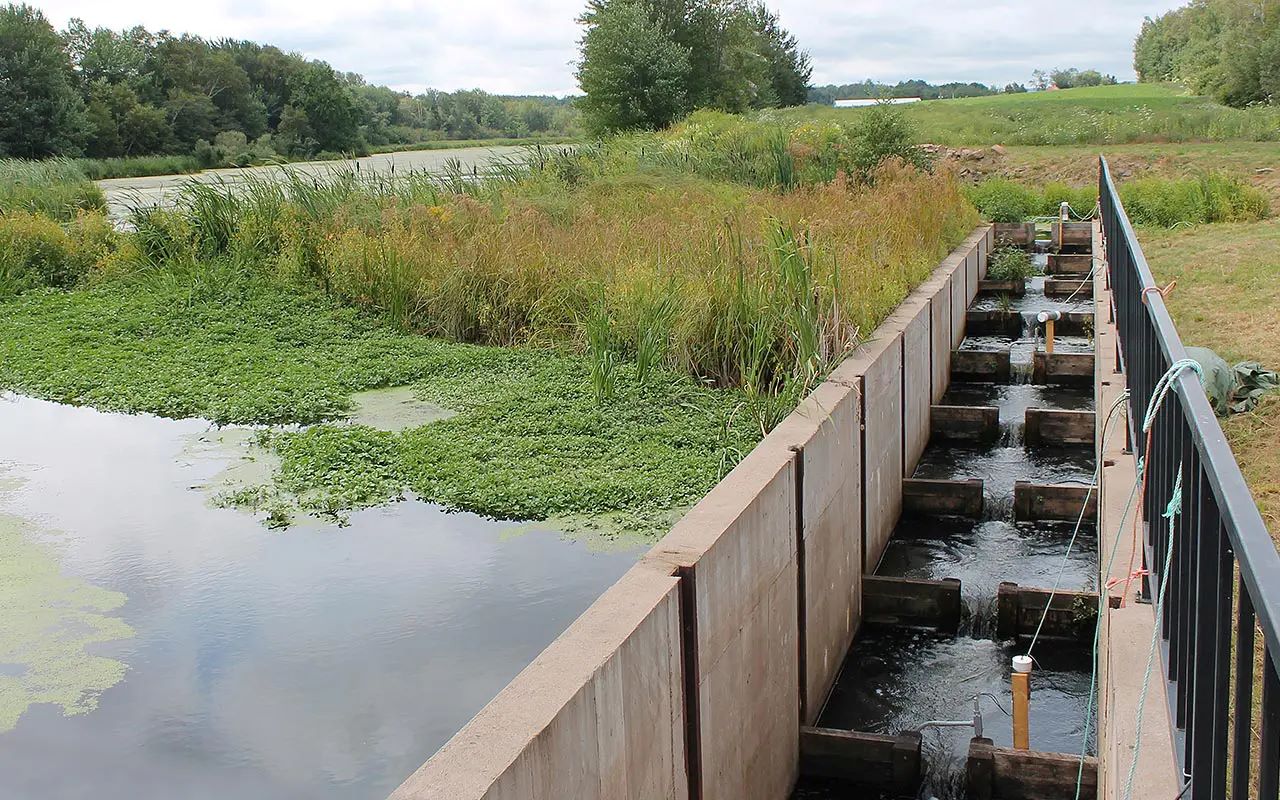

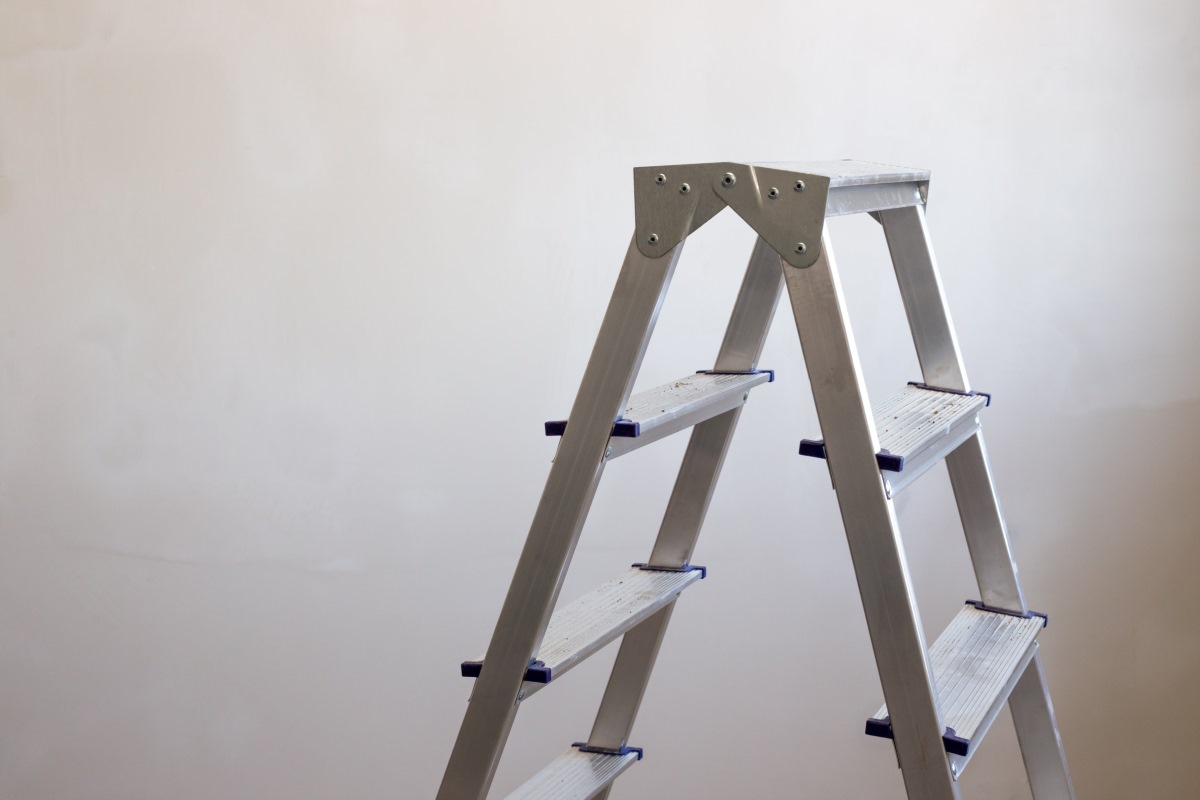

0 thoughts on “What Is A Ladder Jack Scaffold”